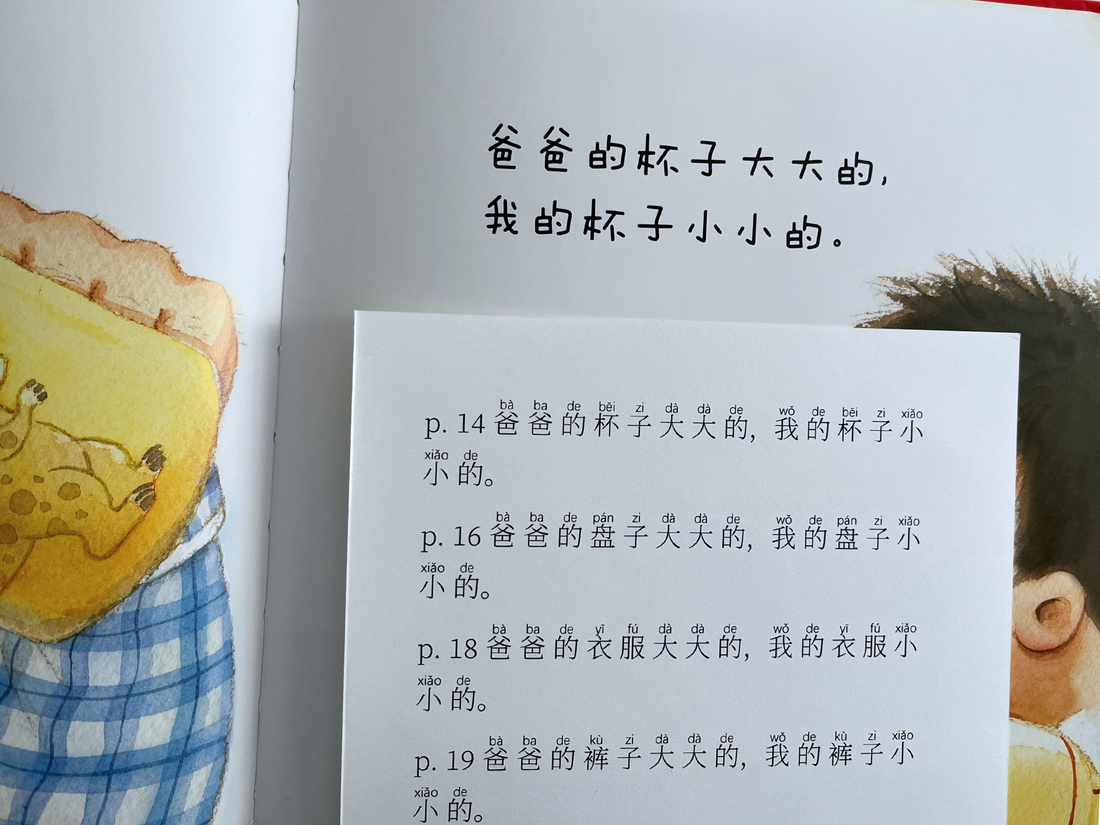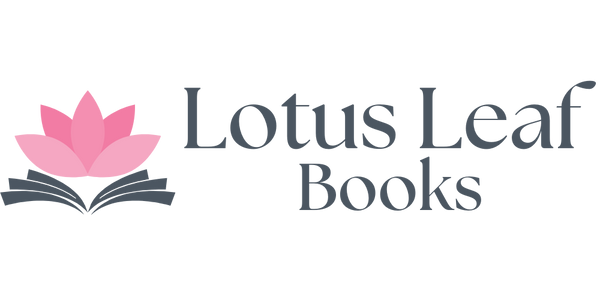
The Best Chinese Children's Books with Pinyin for Non-Fluent Parents
Share
Before I became a mom, I thought (and stressed) a lot about how I would teach my daughter Chinese. As a Chinese-American, I consider myself mostly fluent but not nearly at the level of a native speaker. Thanks to years of Saturday Chinese School, I can read and write, but again, not at the same level as someone from China.
That’s exactly why I started Lotus Leaf Books: to help other families like mine feel less overwhelmed and more supported in their Chinese language journey. One of the most important tools I’ve discovered is using Chinese children’s books that include pinyin.
If you're anything like my friends from Chinese School, you're probably fluent in pinyin, but can't read all Chinese characters. I even remember the early days of AIM (what a throwback) when my friends and I would type messages to each other entirely in pinyin, even without the tones!
Pinyin is especially helpful for parents who understand spoken Chinese but can’t confidently read characters. It gives you the tools to read the story out loud, even if you’re still working on your literacy. This also helps model pronunciation for your child and keeps the experience more immersive than constantly switching to English.
My Favorite Chinese Books with Pinyin for Young Learners
Here are a few titles from the Lotus Leaf Books collection that are especially supportive for non-fluent speakers.
I'll group the books below into 2 categories:
1) Books that are authored/translated by native Chinese authors and have been published in China. These books for babies and toddlers do not include pinyin inline (because they are geared at natively fluent Chinese parents) but Lotus Leaf Books includes a print out with the pinyin transliteration of the entire book and helpful vocabulary.
If your Chinese is more advanced, I'd recommend trying out these books since they'll use vocabulary that is more common in China and the sentences often are a bit more fluid.
2) Books authored by Chinese and Asian Americans. These books are bilingual, with Chinese and English, and also include pinyin in line, so not separate print out necessary! Because the books are authored by diaspora Asians, my general sense is the books are written in English first, and then translated into Chinese. As a result, some of the sentence structures don't seem as natural as those written by a native Chinese.
First off, books that are authored or translated by native Chinese authors:
Bizzy Bear Chinese New Year 小熊很忙 - 欢喜过新年

I feel like this book should be on every child's list. Every child I know who's read a Bizzy Bear book loves all of the books. They are super sturdy and interactive. These books are originally written in English and have been translated into Chinese. They're short and rhyme and the perfect length for toddlers with limited attention spans.

Big and Small is a great book for parents who are brushing up on their Chinese vocabulary. You'll follow along as a child and his dad go about their daily routine, reinforcing vocabulary words like toothbrush (牙刷), cup (杯子), and more. The photo above shows the pinyin guide that we include with all books.

This book was actually originally written in Italian and has been professionally translated into Chinese. This book actually has a bonus - the text includes pinyin inline, so no separate print out required! This is a board book with cut outs that your child is sure to find interesting. Along the way, they'll learn about numbers and various types of animals.
How to Make the Most of Reading in Chinese
If you’re feeling nervous about reading in Chinese with your child, you’re not alone. Here are a few tips that have helped me build confidence:
- Start with books that include pinyin, so you’re not relying solely on memory or translation apps.
- Babies and young children are your best audience, unlike your natively fluent relatives, they are not judgmental.
- Repeat favorite books often. Repetition builds vocabulary, pronunciation, and confidence.
- Don’t worry about perfection. Your child doesn’t need you to speak perfectly and you'll get better with time.
At Lotus Leaf Books, I’ve carefully selected each book with families like ours in mind. These are books I’ve read with my daughter. My hope is that they make your own bilingual journey a little easier and a lot more joyful.
If you’re looking for more recommendations or resources tailored for heritage families, you can explore our full book collection or sign up for our newsletter, where I share simple vocabulary lessons and tips for making Chinese part of everyday life.
You don’t have to be fluent to raise a bilingual child. You just have to begin.
